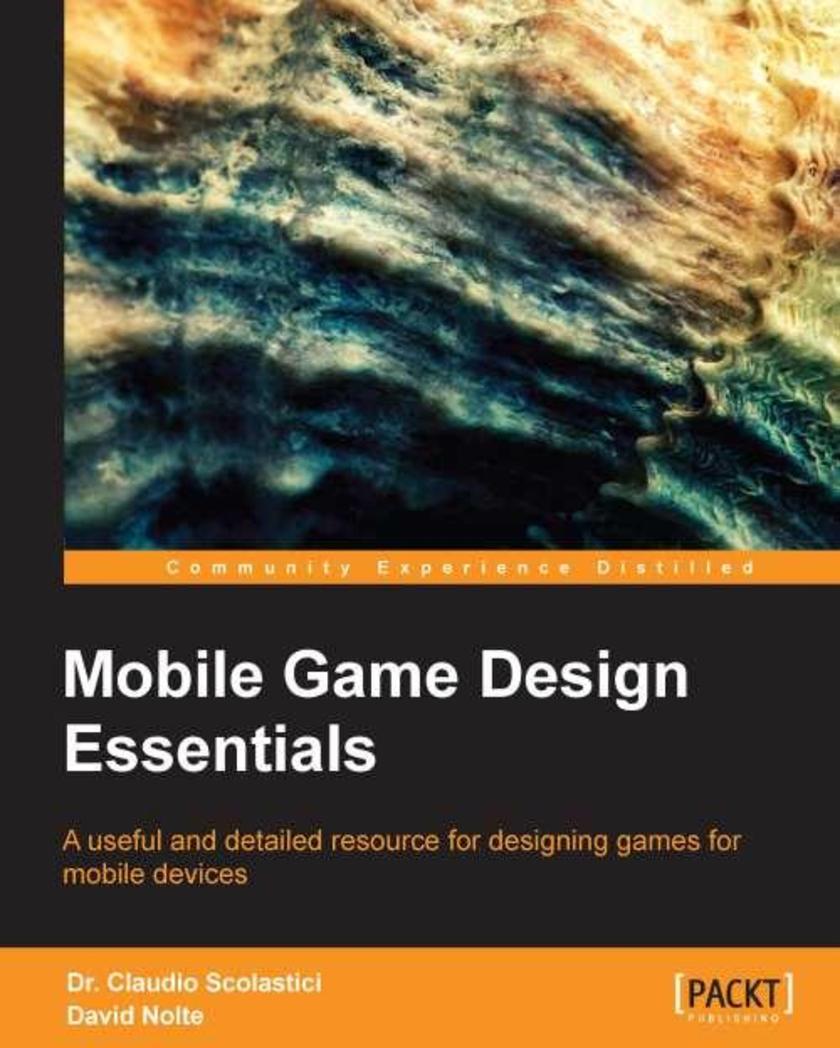
Mobile Game Design
¥90.46
A step-by-step guide.This book is for all game developers, designers, and hobbyists who want to create assets for mobile games
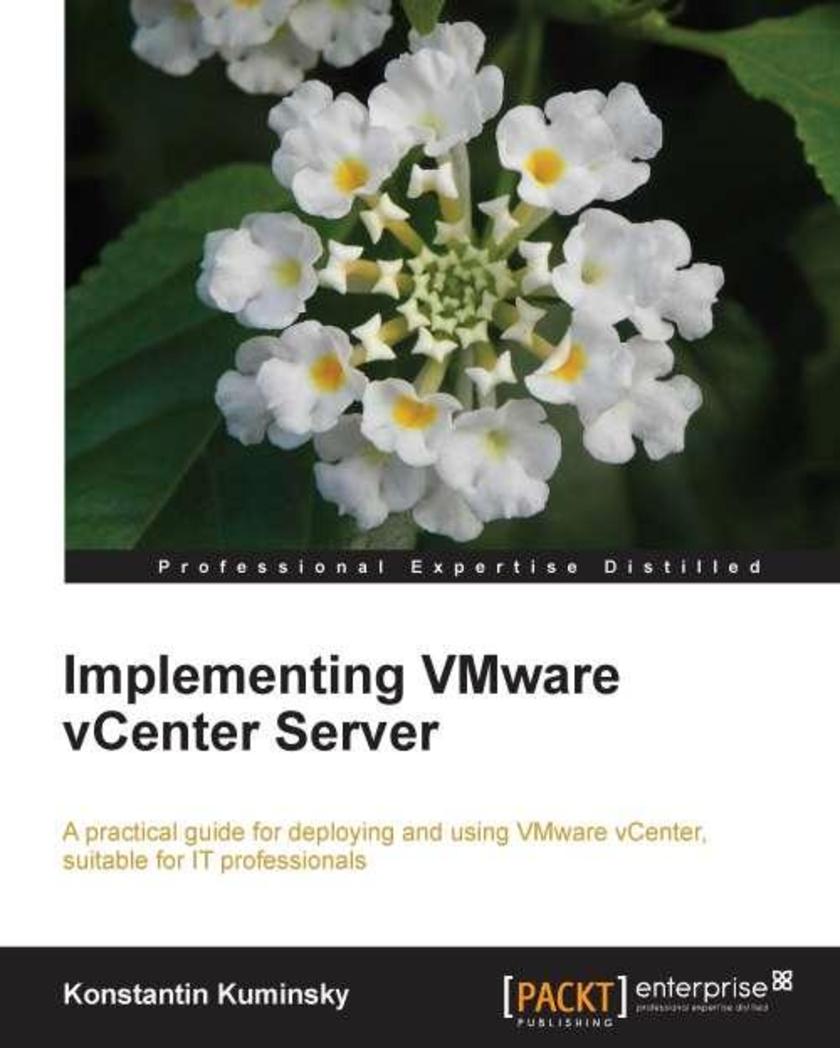
Implementing VMware vCenter Server
¥90.46
This book is a practical, hands-on guide that will help you learn everything you need to know to administer your environment with VMware vCenter Server. Throughout the book, there are best practices and useful tips and tricks which can be used for day-to-day tasks.If you are an administrator or a technician starting with VMware, with little or no knowledge of virtualization products, this book is ideal for you. Even if you are an IT professional looking to expand your existing environment, you will be able to use this book to help you improve the management of these environments. IT managers will find it helpful in terms of improving cost efficiency, ensuring required levels of service and utilising its excellent reporting abilities.
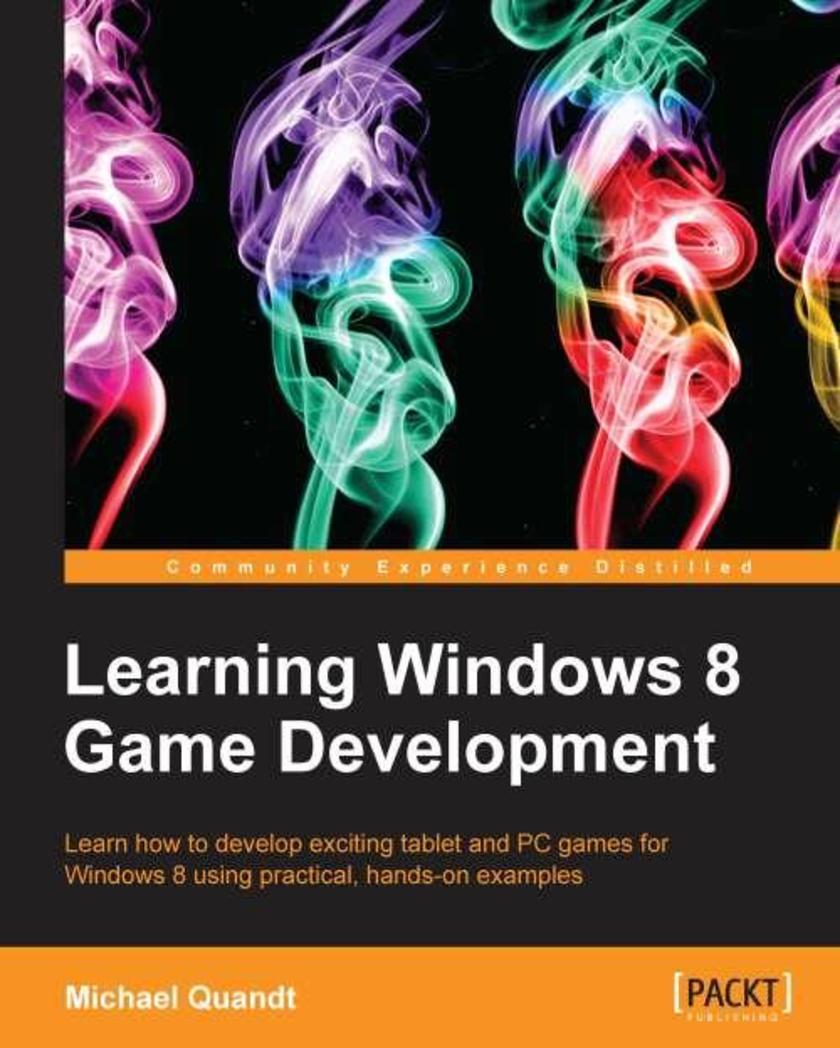
Learning Windows 8 Game Development
¥90.46
A standard practical tutorial running people through Windows 8 RT with a specific focus on game development is the approach chosen here. This type of approach will more likely appeal to an audience that is in need of a structured guide that they can emulate and learn from, unlike the usual reference text available in the market.Learning Windows 8 Game Development is for any developer looking to branch out and make some games. It’s assumed that you will have an understanding of C++ and programming. If you want to program a game, this book is for you, as it will provide a great overview of Direct3D and Windows 8 game development and will kick-start your journey into 3D development.
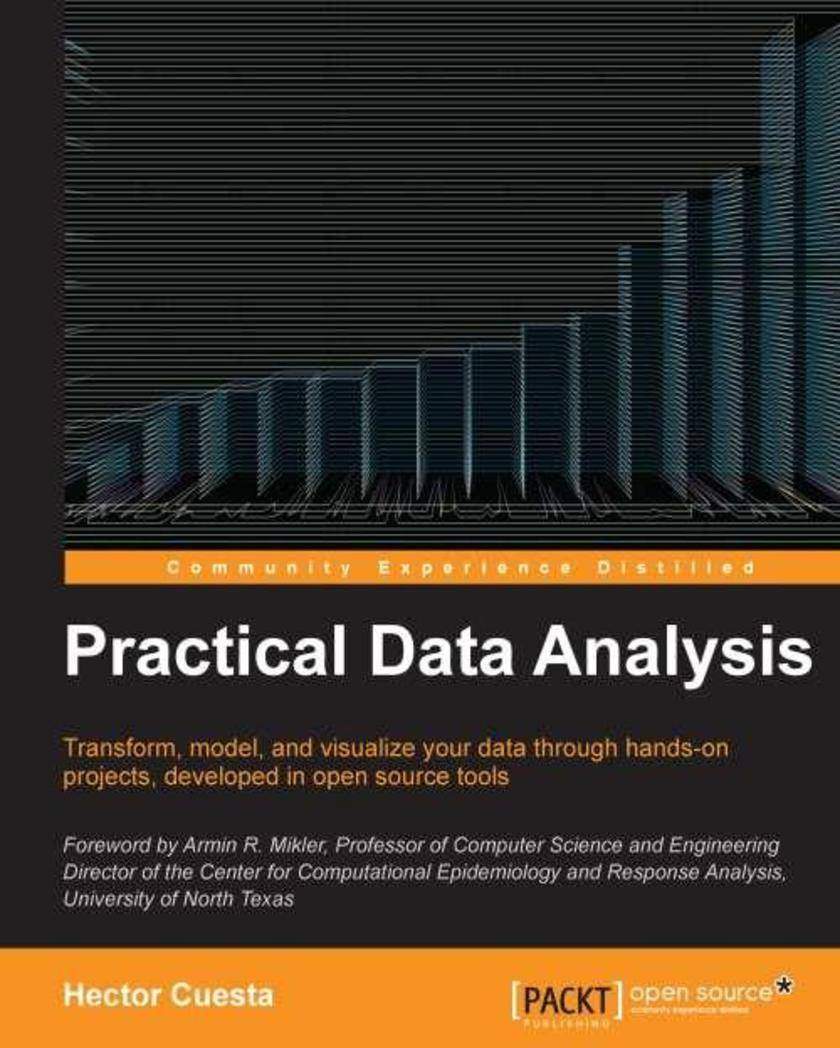
Practical Data Analysis
¥90.46
Each chapter of the book quickly introduces a key ‘theme’ of Data Analysis, before immersing you in the practical aspects of each theme. You’ll learn quickly how to perform all aspects of Data Analysis.Practical Data Analysis is a book ideal for home and small business users who want to slice & dice the data they have on hand with minimum hassle.
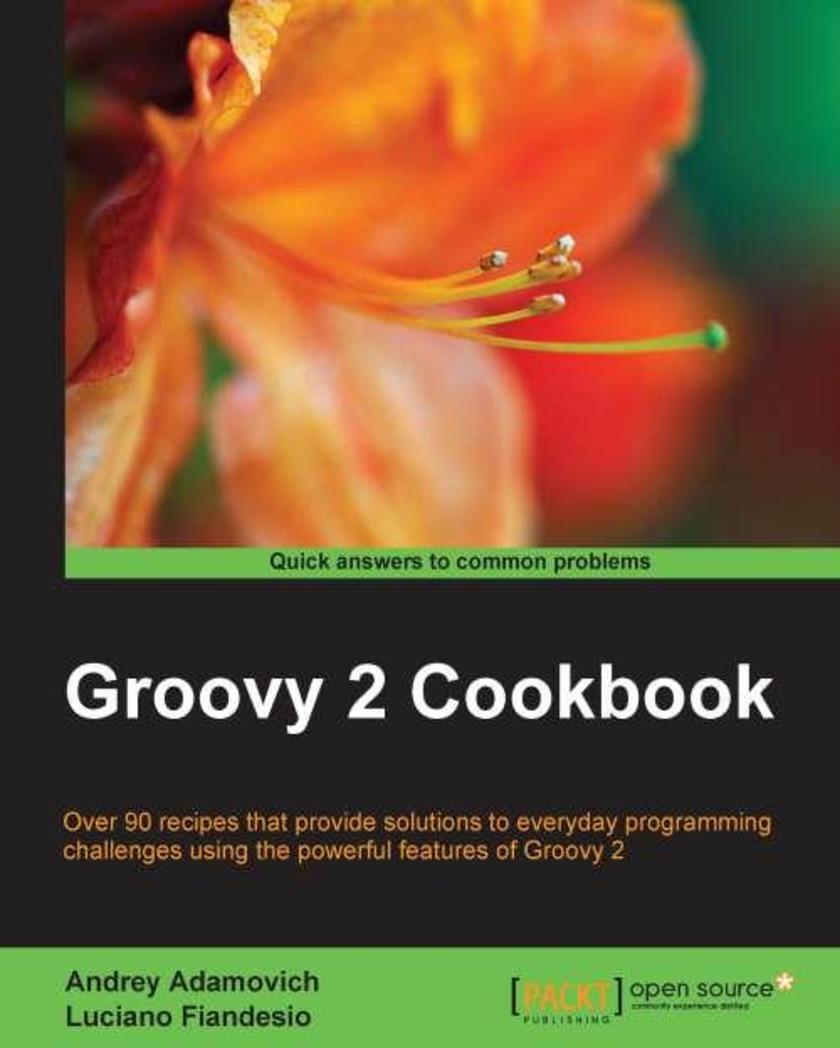
Groovy 2 Cookbook
¥90.46
This book follows a Cookbook style and is packed with intermediate and advanced level recipes.This book is for Java developers who have an interest in discovering new ways to quickly get the job done using a new language that shares many similarities with Java. The book’s recipes start simple, therefore no previous Groovy experience is required to understand the code and the explanations accompanying the examples.
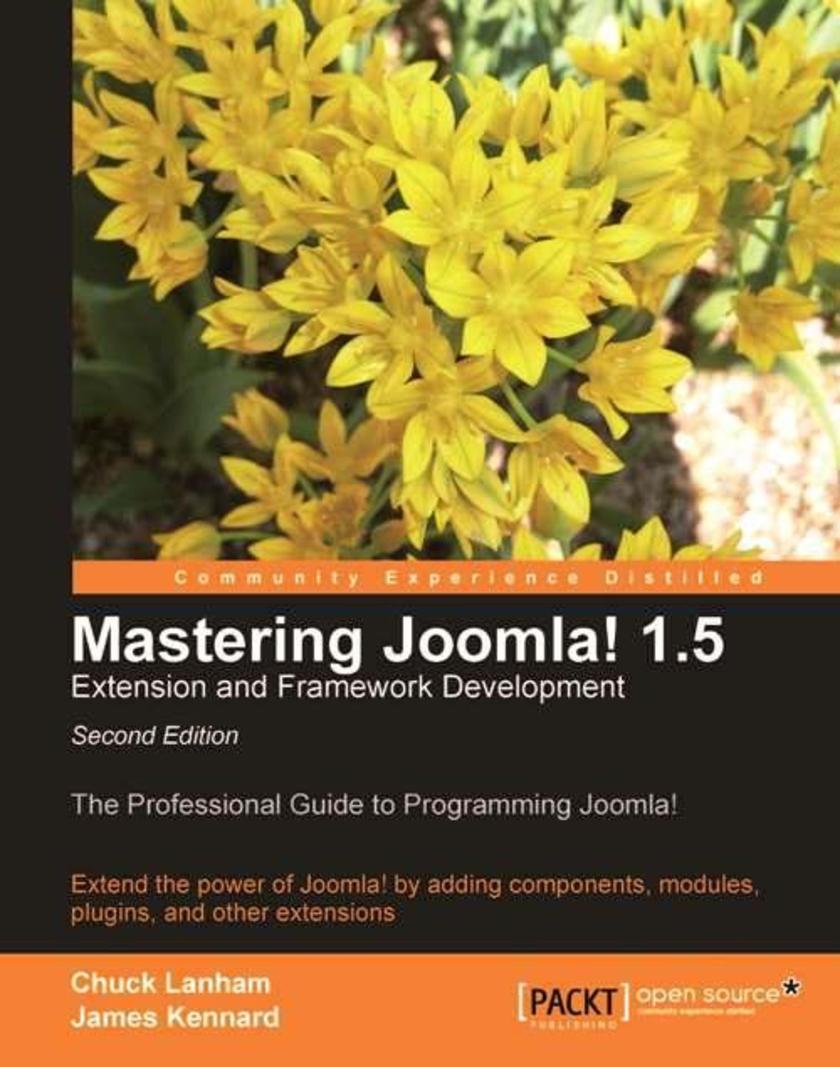
Mastering Joomla! 1.5 Extension and Framework Development (Update)
¥90.46
Packed with expert advice, working examples, and tips, this book is an essential reference guide that you will turn to again and again as you work with Joomla!. PHP developers who want to understand how Joomla! Works, with a view to advanced customization or extension development, and who want to learn how to work with the Joomla! Framework.
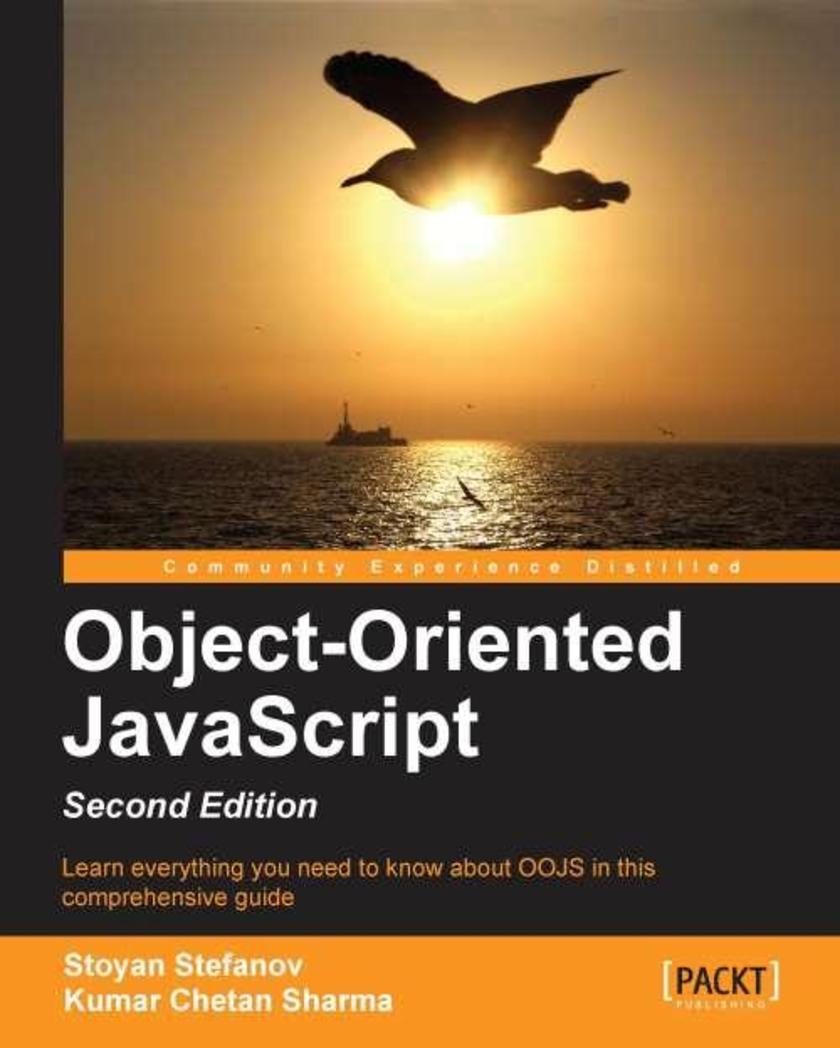
Object-oriented JavaScript - Second Edition
¥90.46
You will first be introduced to object-oriented programming, then to the basics of objects in JavaScript. This book takes a do-it-yourself approach when it comes to writing code, because the best way to really learn a programming language is by writing code. You are encouraged to type code into Firebug's console, see how it works and then tweak it and play around with it. There are practice questions at the end of each chapter to help you review what you have learned.For new to intermediate JavaScript developer who wants to prepare themselves for web development problems solved by smart JavaScript!
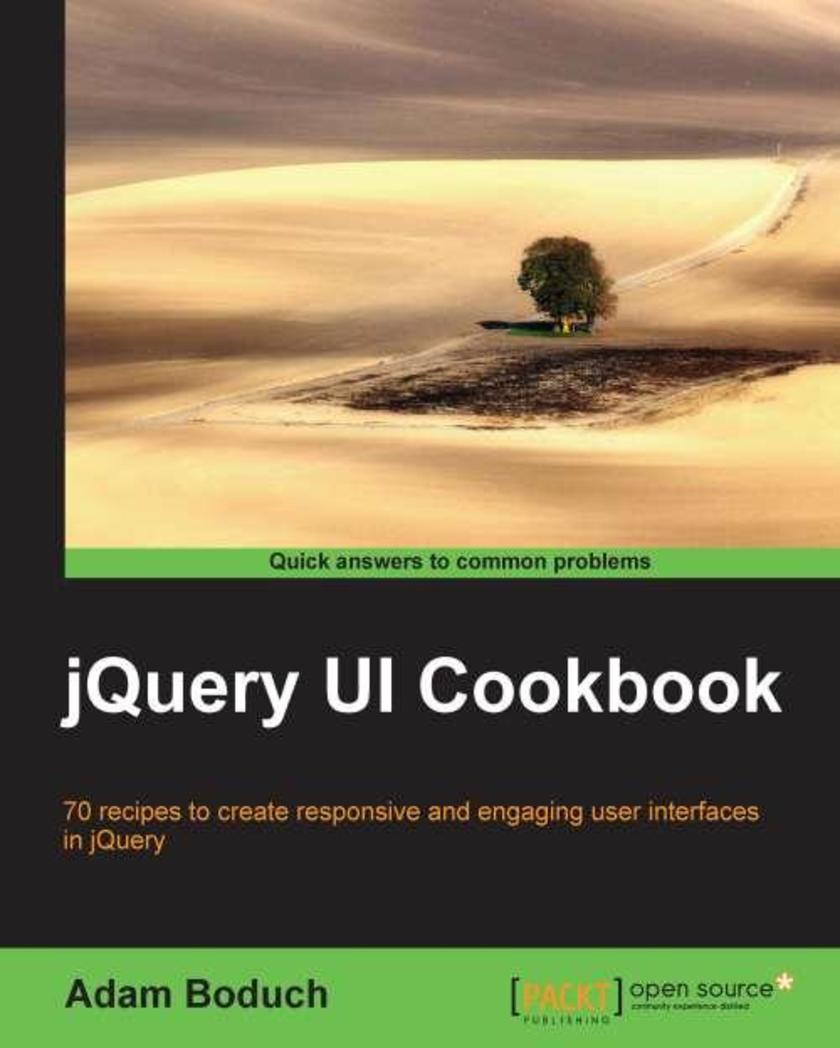
jQuery UI Cookbook
¥90.46
Filled with a practical collection of recipes, jQuery UI Cookbook is full of clear, step-by-step instructions that will help you harness the powerful UI framework in jQuery. Depending on your needs, you can dip in and out of the Cookbook and its recipes, or follow the book from start to finish.If you are a jQuery UI developer looking to improve your existing applications, extract ideas for your new application, or to better understand the overall widget architecture, then jQuery UI Cookbook is a must-have for you. The reader should at least have a rudimentary understanding of what jQuery UI is, and have written some code that uses jQuery UI.
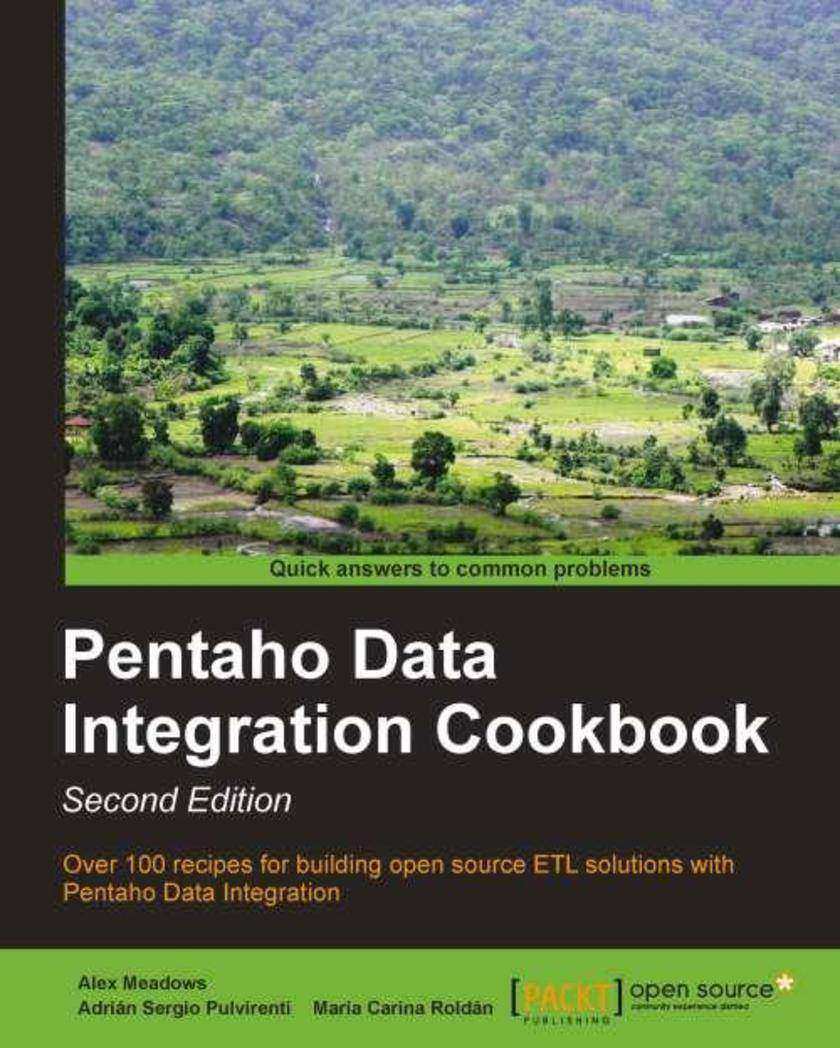
Pentaho Data Integration Cookbook Second Edition
¥90.46
Pentaho Data Integration Cookbook Second Edition is written in a cookbook format, presenting examples in the style of recipes.This allows you to go directly to your topic of interest, or follow topics throughout a chapter to gain a thorough in-depth knowledge.Pentaho Data Integration Cookbook Second Edition is designed for developers who are familiar with the basics of Kettle but who wish to move up to the next level.It is also aimed at advanced users that want to learn how to use the new features of PDI as well as and best practices for working with Kettle.
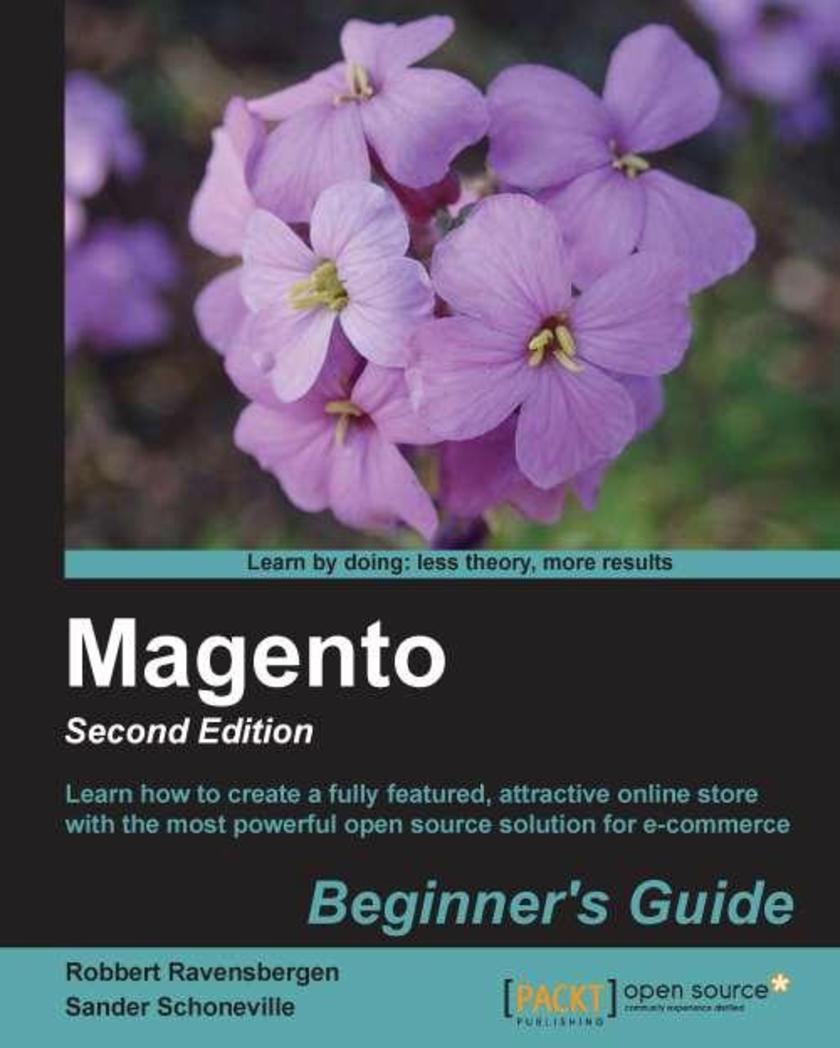
Magento Beginner's Guide Second Edition
¥90.46
This book is written in a friendly, beginner’s guide style with plenty of step-by-step instructions for installing, configuring, and using Magento to run your own e-commerce site. We will set up an example store in the book with enough information to adapt the instructions according to your needs.This book is for anyone who wants to create an online store using Magento. If you are a non-technical person and are discouraged by the complexity of this powerful e-commerce application, this book is ideal for you. This book would also suit someone with e-commerce knowledge but requires a guide to getting started with Magento.
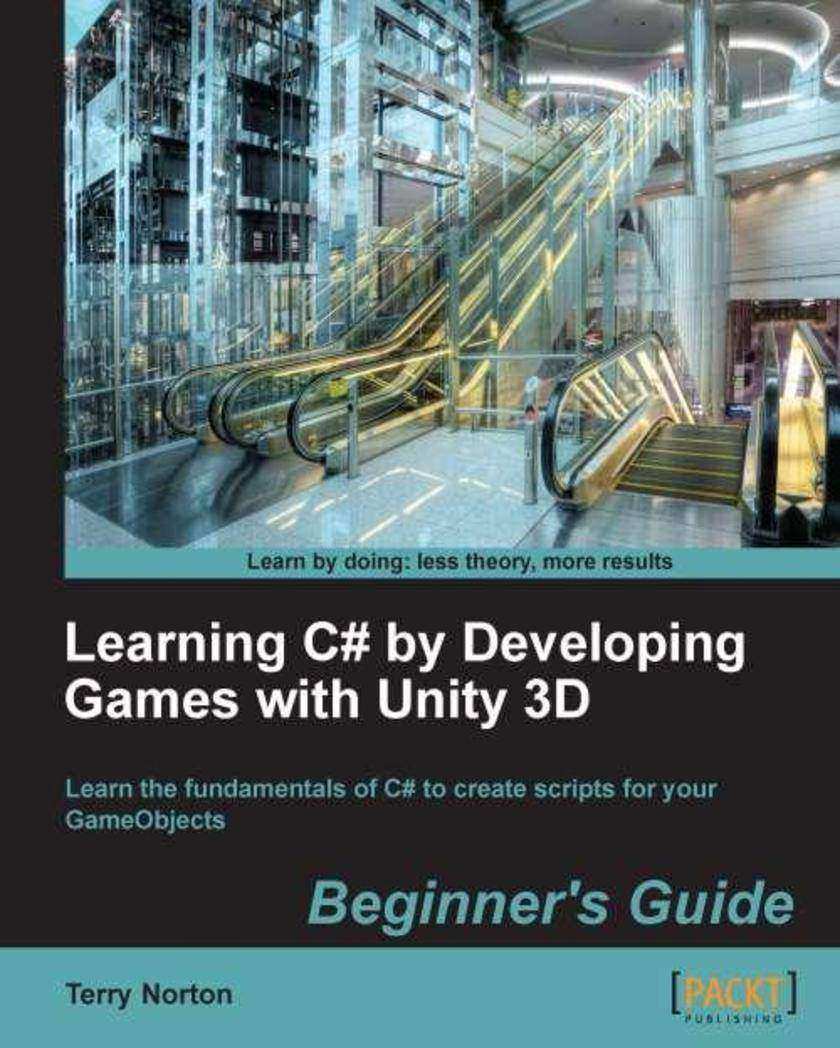
Learning C# by Developing Games with Unity 3D
¥90.46
This book uses the learning-by-example approach. It takes simple examples from games to introduce all the main concepts of programming in an easy-to-digest and immediately recognizable way.This book is for the total beginner to any type of programming, focusing on the writing of C# code and *s only. There are many parts that make up the Unity game engine. It is assumed that the reader already knows their way around Unity's user interface. The code editor used in this book is the MonoDevelop editor supplied by Unity.

Microsoft Dynamics AX 2012 Reporting Cookbook
¥90.46
Microsoft Dynamics AX 2012 Reporting Cookbook is full of practical recipes for creating and managing reports as well as identifying the most appropriate reporting tool for any reporting challenge. In addition, you will learn about universal topics such as how to locate data for any given report. Although some of the reporting tools addressed in this book are exclusive to Dynamics AX 2012, many of the topics discussed also apply to older versions of AX. This book is packed with illustrations and real-time examples that are presented in a task-oriented Cookbook structure. Real-time tips and tricks make the book very interactive and informative at the same time."Microsoft Dynamics AX 2012 Reporting Cookbook" is recommended for Dynamics AX developers and .NET-based SSRS developers looking to familiarize themselves with the AX reporting framework. A basic understanding of Morphx and X++ is assumed but the step-by-step instructions make it easy even for a beginner. Some examples use C# and VB.NET, so experience with Visual Studio is a plus, but not a must.
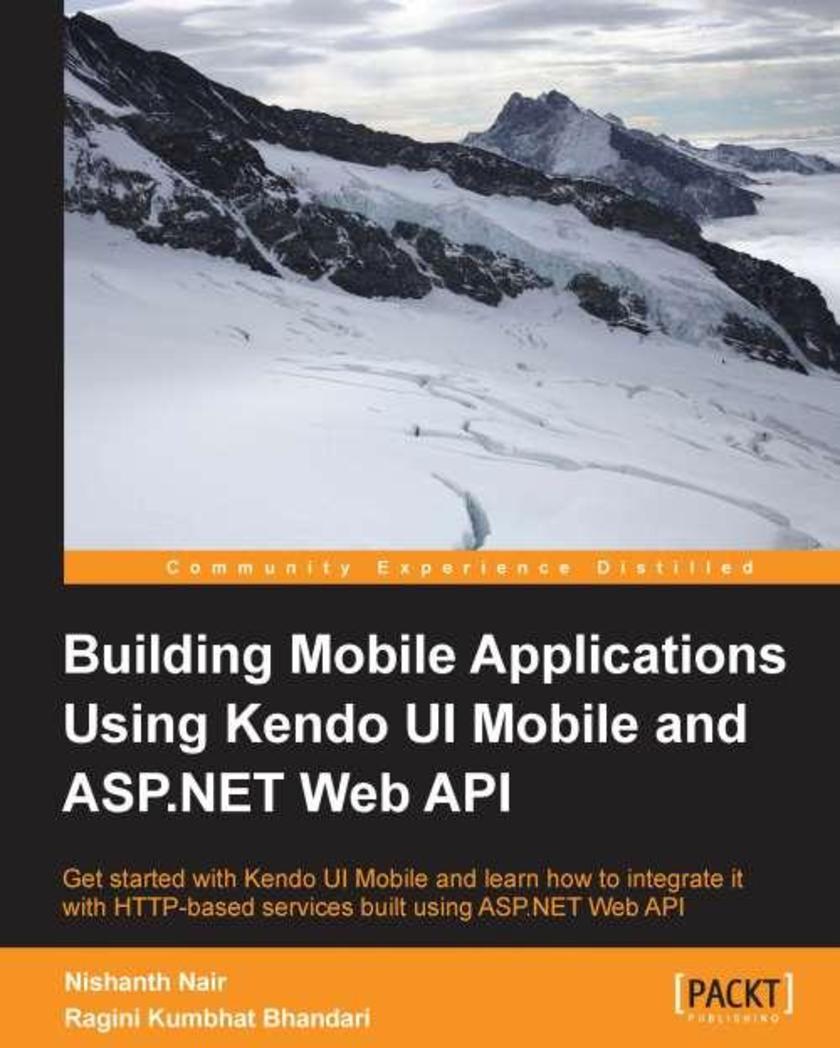
Building Mobile Applications Using Kendo UI Mobile and ASP.NET Web API
¥90.46
The Packt Beginner’s Guide format is designed to make you as comfortable as possible. Using practical examples, this guide will walk you through the ins and outs of web application development with easy step-by-step instructions.If you want to build your own application but don’t know where to start, then this is the book for you. With easy-to-follow, step-by-step and real-life examples, you will be building your own applications in a matter of weeks not years.
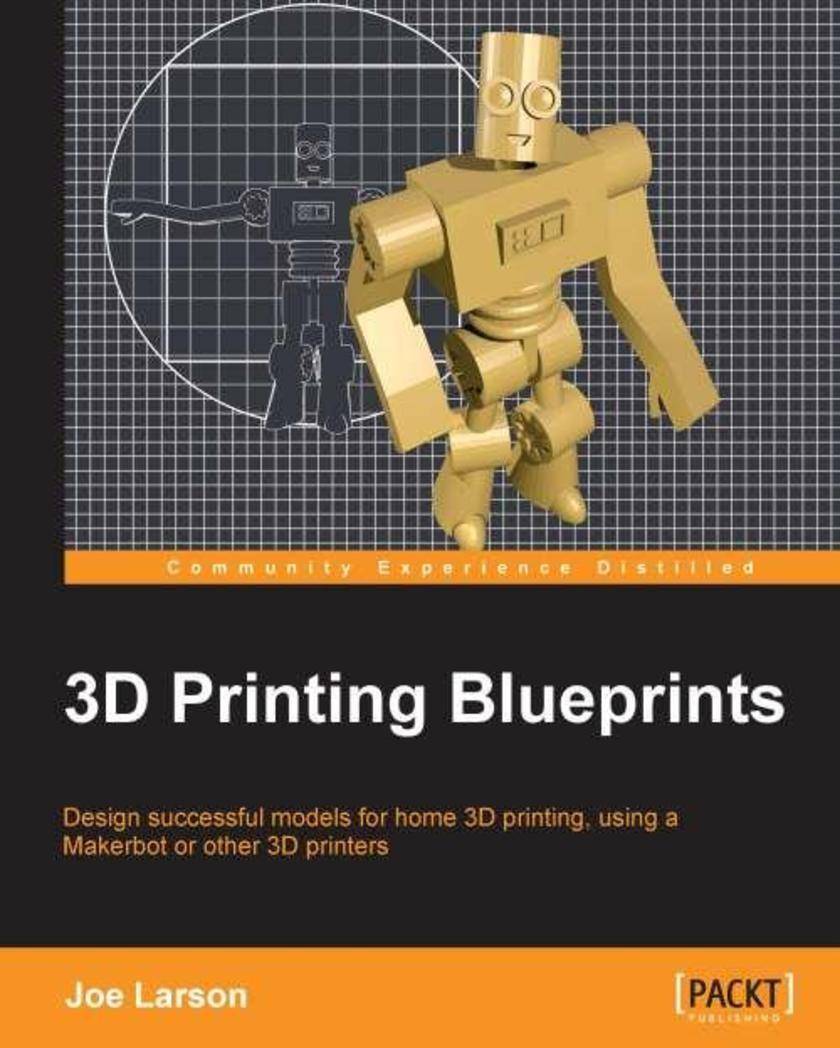
3D Printing Blueprints
¥90.46
MakerBot Projects Blueprints is a project-based book, with each chapter taking you through the creation of an awesome stand-alone project. MakerBot Project Blueprints is for anyone with an interest in the 3D printing revolution and the slightest bit of computer skills. Whether you own a 3D printer or not you can design for them. All it takes is Blender, a free 3D modeling tool, this book and a little creativity and someday you’ll be able to hold something you designed in the computer in your hands.
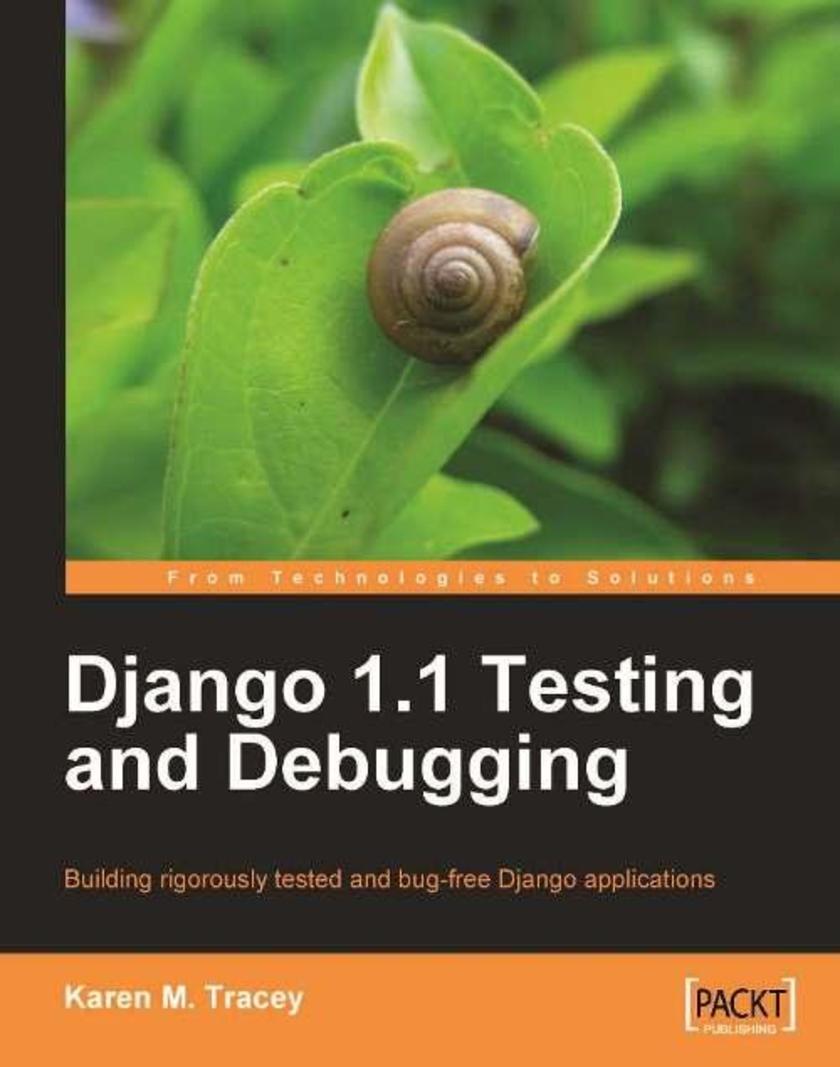
Django 1.1 Testing and Debugging
¥90.46
This book teaches by example. It walks in detail through development of a sample application, illustrating each step via complete working code and either screenshots or console snippets. The cumbersome and time consuming task of debugging will be a cake walk with this book. If you are a Django application developer who wants to create robust applications quickly that work well and are easy to maintain in the long term, this book is for you. This book is the right pick if you want to be smartly tutored to make best use of Django's rich testing and debugging support and make testing an effortless task. Basic knowledge of Python, Django, and the overall structure of a database-driven web application is assumed. However, the code samples are fully explained so that even beginners who are new to the area can learn a great deal from this book.
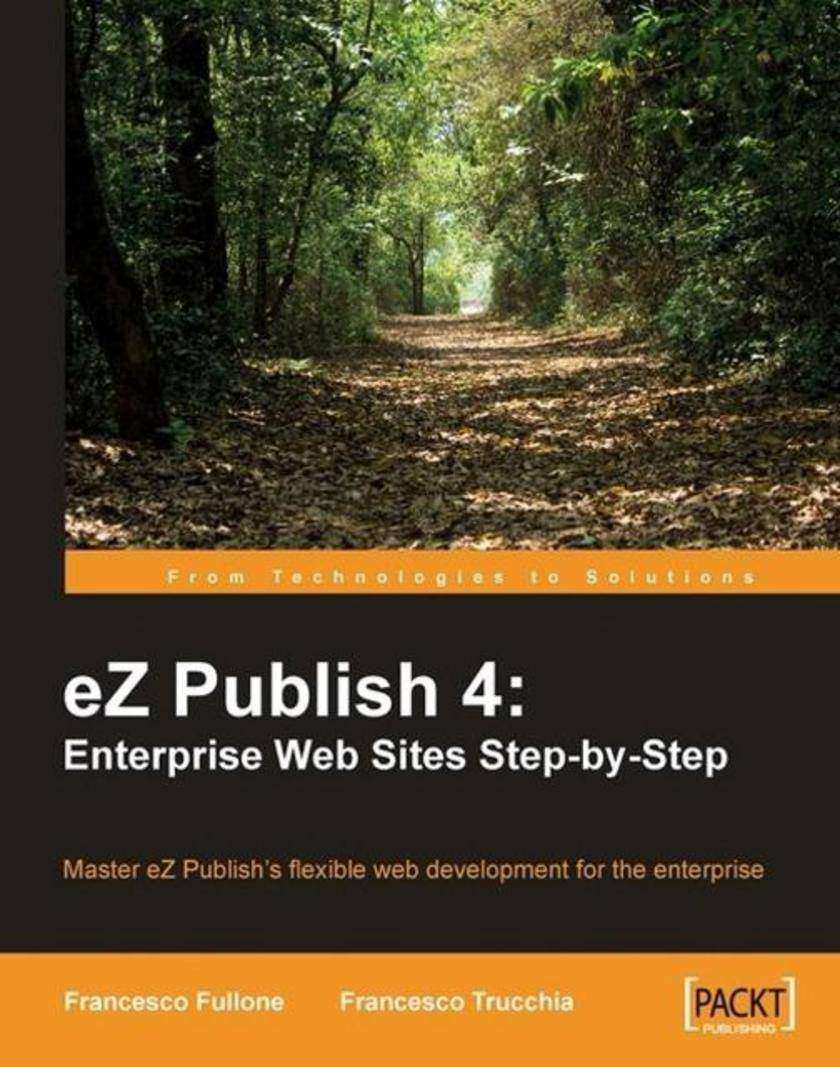
eZ Publish 4: Enterprise Web Sites Step-by-Step
¥90.46
The book is a carefully structured, practical, step-by-step guide to overcoming the trials and tribulations of building an eZ Publish enterprise web site. Each chapter will be based on a three-layer approach. Firstly, it teaches the techniques and principles required to fulfill the needs of our site, then it goes deep in the CMS approach to fulfill them. Lastly, example code and step-by-step screenshots are used to dig deeper. This book is written for beginners to eZ Publish who need to work on an enterprise-level site with a complex publishing workflow. This book is best for people who want to use eZ Publish from scratch without hard-core programming skills. Even if you are not a PHP-guru, and you don't want to study eZ Publish core functionality – this book is for you. In general, however, you'll get more out of the book if you know a little PHP, have some concept of Object-Oriented Programming, and have a general familiarity with CMS concepts.
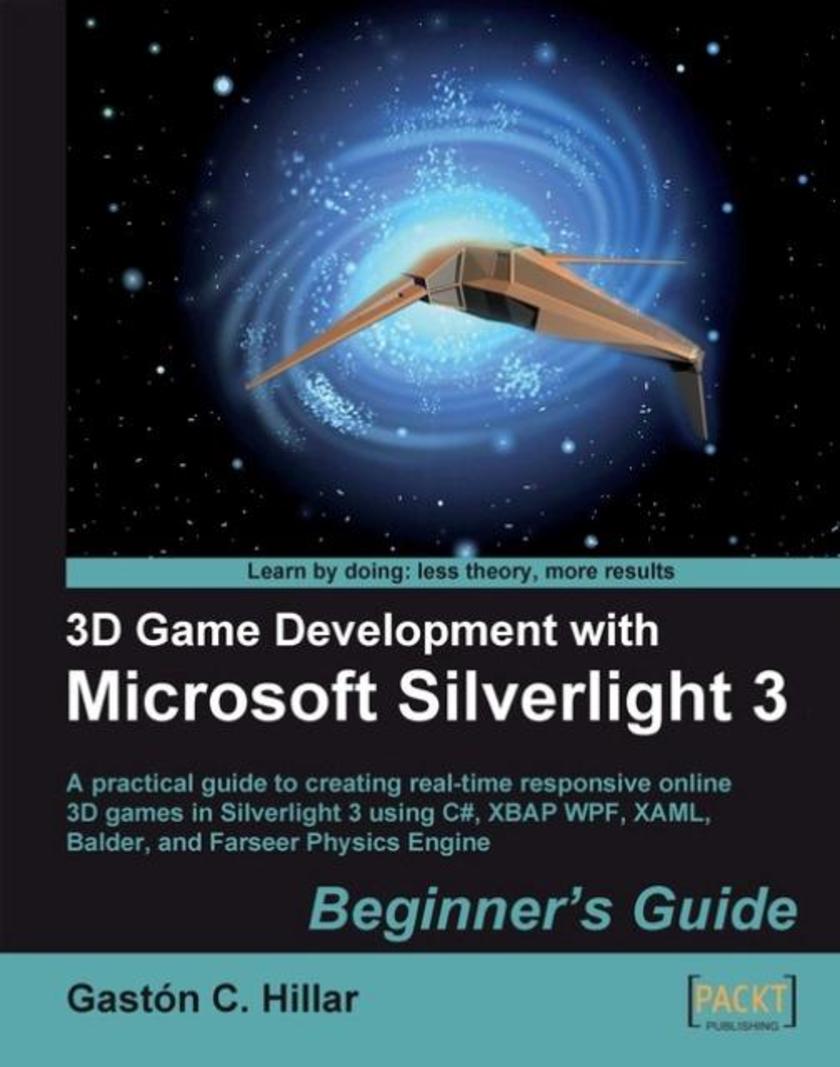
3D Game Development with Microsoft Silverlight 3: Beginner's Guide
¥90.46
This book takes a step-by-step approach to building a complete interactive 3D game using Silverlight and enhancing it through its related technologies. The book focuses on practical examples and has a friendly approach, with the opportunity to learn by experiment and play. It uses illustrations, screenshots, and interactive experiences to understand the most complex topics related to the 3D scenes. This book is designed primarily for C# developers with basic knowledge of the Visual Studio IDE who want to develop online 3D games using Silverlight or create interactive 3D scenes for a web site with animated models. No prior experience in 3D programming, 3D animation, or Silverlight is required. The book is also aimed at 3D developers who want to improve their online content, offering innovative 3D models in action.
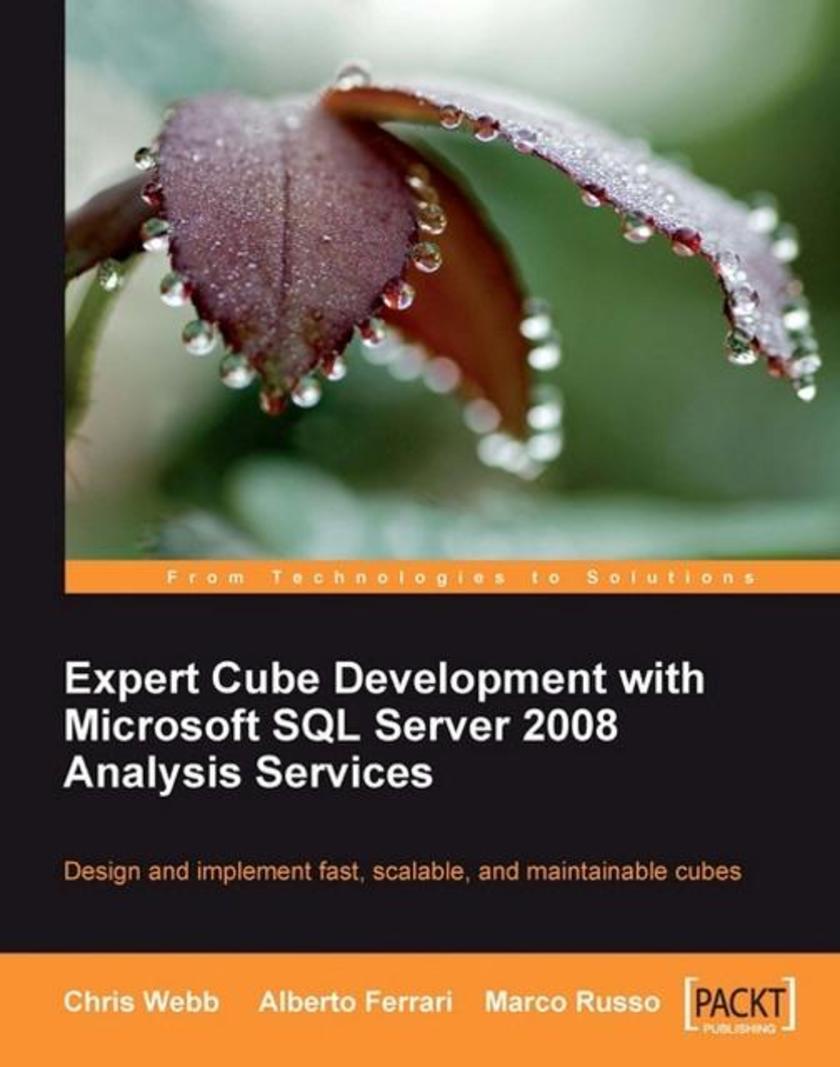
Expert Cube Development with Microsoft SQL Server 2008 Analysis Services
¥90.46
This is a practical tutorial for Analysis Services that shows readers how to solve problems commonly encountered while designing cubes, and explains which features of Analysis Services work well and which should be avoided. The book walks through the whole cube development lifecycle, from building dimensions, cubes and calculations to tuning and moving the cube into production. This book is aimed at Analysis Services developers who already have some experience but who want to go into more detail on advanced topics, and who want to learn best practices for cube design.
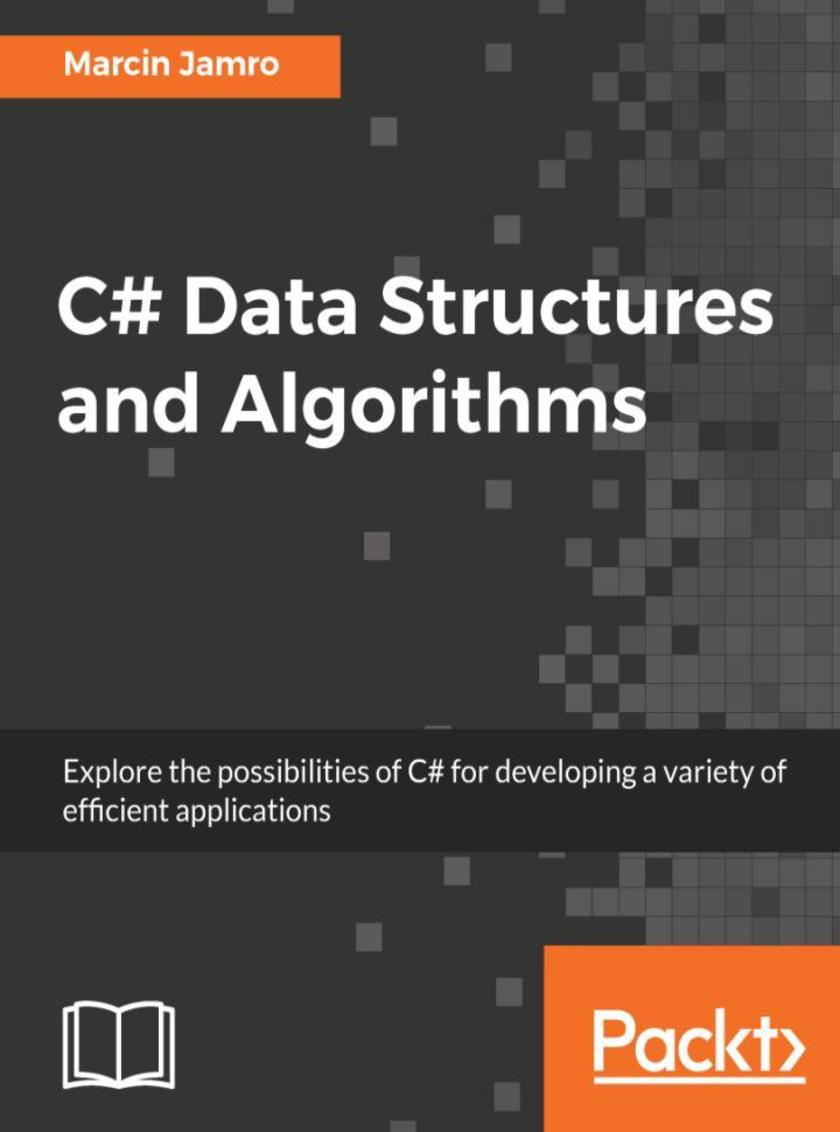
C# Data Structures and Algorithms
¥90.46
A complete guide on using data structures and algorithms to write sophisticated C# code About This Book ? Master array, set and map with trees and graphs, among other fundamental data structures ? Delve into effective design and implementation techniques to meet your software requirements ? Explore illustrations to present data structures and algorithms, as well as their analysis in a clear, visual manner. Who This Book Is For This book is for developers who would like to learn the Data Structures and Algorithms in C#. Basic C# programming knowledge would be an added advantage. What You Will Learn ? How to use arrays and lists to get better results in complex scenarios ? Implement algorithms like the Tower of Hanoi on stacks of C# objects ? Build enhanced applications by using hashtables, dictionaries and sets ? Make a positive impact on efficiency of applications with tree traversal ? Effectively find the shortest path in the graph In Detail Data structures allow organizing data efficiently. They are critical to various problems and their suitable implementation can provide a complete solution that acts like reusable code. In this book, you will learn how to use various data structures while developing in the C# language as well as how to implement some of the most common algorithms used with such data structures. At the beginning, you will get to know arrays, lists, dictionaries, and sets together with real-world examples of your application. Then, you will learn how to create and use stacks and queues. In the following part of the book, the more complex data structures will be introduced, namely trees and graphs, together with some algorithms for searching the shortest path in a graph. We will also discuss how to organize the code in a manageable, consistent, and extendable way. By the end of the book,you will learn how to build components that are easy to understand, debug, and use in different applications. Style and approach Readers will be taken through all the indispensable data structures and algorithms so they can begin their coding journey in C#. At each step, the book will show how to implement these via examples while also discussing the attributes of each algorithm so readers are capable to make an informed choice.
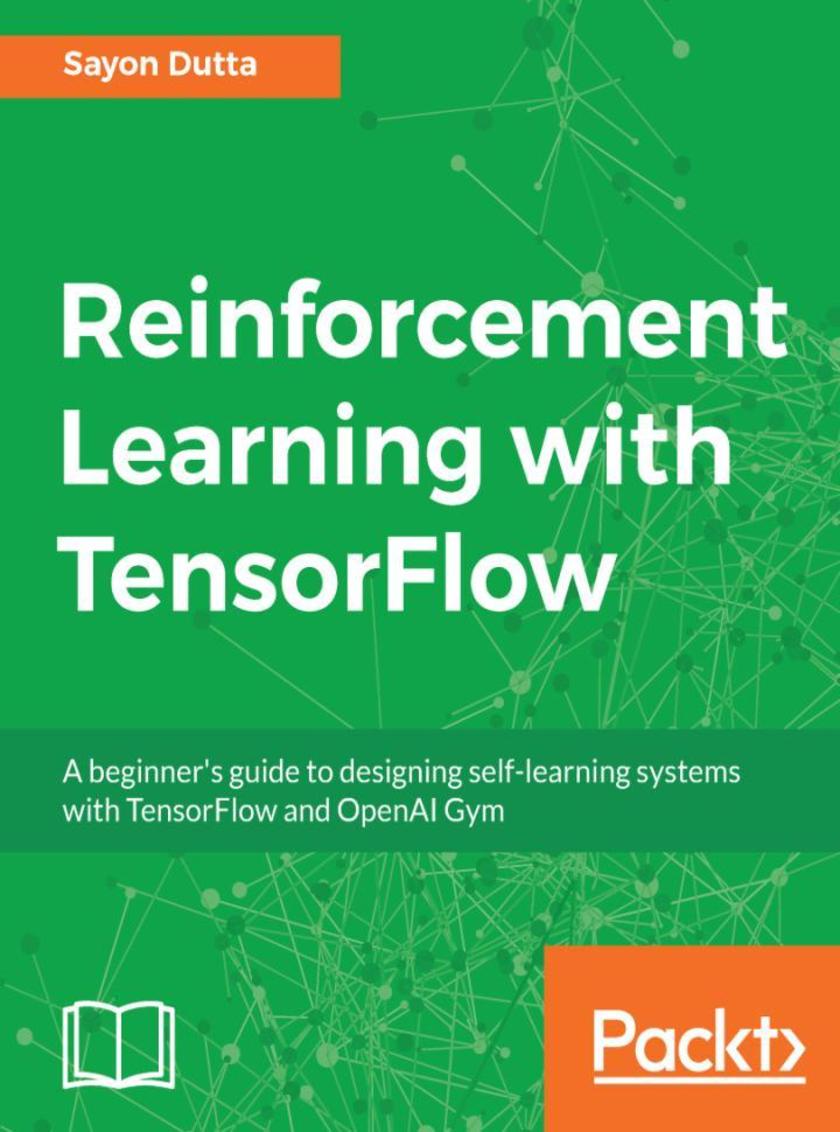
Reinforcement Learning with TensorFlow
¥90.46
Leverage the power of the Reinforcement Learning techniques to develop self-learning systems using Tensorflow About This Book ? Learn reinforcement learning concepts and their implementation using TensorFlow ? Discover different problem-solving methods for Reinforcement Learning ? Apply reinforcement learning for autonomous driving cars, robobrokers, and more Who This Book Is For If you want to get started with reinforcement learning using TensorFlow in the most practical way, this book will be a useful resource. The book assumes prior knowledge of machine learning and neural network programming concepts, as well as some understanding of the TensorFlow framework. No previous experience with Reinforcement Learning is required. What You Will Learn ? Implement state-of-the-art Reinforcement Learning algorithms from the basics ? Discover various techniques of Reinforcement Learning such as MDP, Q Learning and more ? Learn the applications of Reinforcement Learning in advertisement, image processing, and NLP ? Teach a Reinforcement Learning model to play a game using TensorFlow and the OpenAI gym ? Understand how Reinforcement Learning Applications are used in robotics In Detail Reinforcement Learning (RL), allows you to develop smart, quick and self-learning systems in your business surroundings. It is an effective method to train your learning agents and solve a variety of problems in Artificial Intelligence—from games, self-driving cars and robots to enterprise applications that range from datacenter energy saving (cooling data centers) to smart warehousing solutions. The book covers the major advancements and successes achieved in deep reinforcement learning by synergizing deep neural network architectures with reinforcement learning. The book also introduces readers to the concept of Reinforcement Learning, its advantages and why it’s gaining so much popularity. The book also discusses on MDPs, Monte Carlo tree searches, dynamic programming such as policy and value iteration, temporal difference learning such as Q-learning and SARSA. You will use TensorFlow and OpenAI Gym to build simple neural network models that learn from their own actions. You will also see how reinforcement learning algorithms play a role in games, image processing and NLP. By the end of this book, you will have a firm understanding of what reinforcement learning is and how to put your knowledge to practical use by leveraging the power of TensorFlow and OpenAI Gym. Style and approach An Easy-to-follow, step-by-step guide to help you get to grips with real-world applications of Reinforcement Learning with TensorFlow.
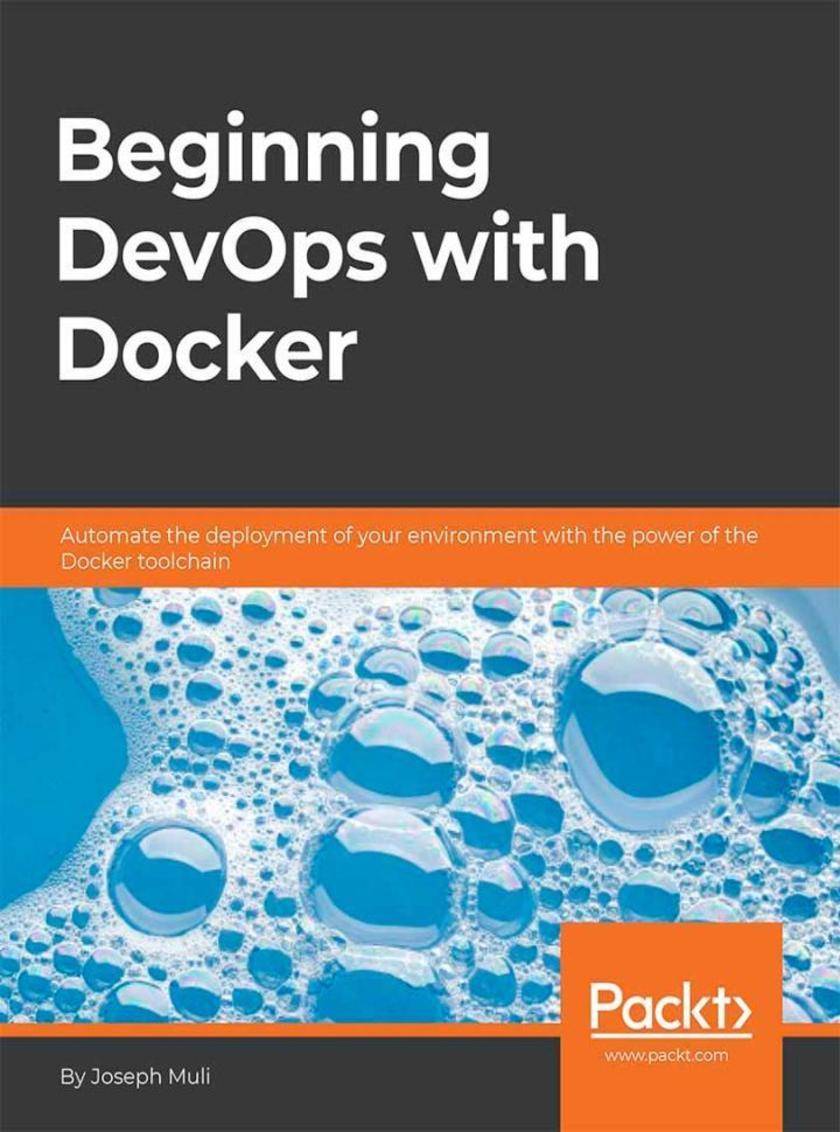
Beginning DevOps with Docker
¥90.46
Automate the deployment of your environment with the power of the Docker toolchain About This Book ? Written and reviewed by expert Docker developers ? The book precisely covers all the essential topics such as building images and managing container swarms required in day to day use for Docker ? The book includes activities on the docker CLI and exercises such as writing Dockerfiles for Python which will allow you to reinforce the concepts covered Who This Book Is For The book is crafted for developers, system architects, junior and mid-level site reliability engineers interested in adapting a docker workflow. They are also required to have a basic knowledge of UNIX concepts such as ssh, ports and logs What You Will Learn ? Understand how to effectively design and build containers for different applications ? Setup an environment for testing, avoiding environment mismatch that is breaking production ? Setup and manage a multi-tier environment ? Run, debug, and experiment with applications in a container In Detail DevOps with Docker outlines the power of containerization and the influence this innovation has on development teams and general operations. We also get to understand what DevOps really is, the principles involved and how the process contributes to product health, by implementing a Docker workflow. We will learn to interpret Dockerfile syntax, build images and setup containers and images. In addition, we will deploy a Docker image to the Docker Hub.Docker is an open source containerization tool, that makes it easier to streamline product delivery. It helps reduce the time taken to get from a whiteboard sketch of the business to a money-back implementation. This fast-paced book is a perfect amalgamation of theory and hands-on exercises. The book will take you through the basics of Docker and DevOps and why and how they integrate. You will then understand what containers are, and how to create and manage them. Next, we will work on the docker-compose file and CLI. Then we will move to set up a network with the docker-compose tool. Gradually you will learn how to scale a delivery pipeline and multiple deployments with Docker. Lastly, you will grasp the concept of orchestration and learn to implement the delivery of containerized applications. Style and approach This is a fast-paced, practical hands-on book aimed at experienced developers and system architects. As you progress you’ll find helpful tips and tricks, as well as useful self-assessment material, exercises and activities to help benchmark your progress and reinforce what you’ve learned. The activities are devised to simulate the real-world conditions in order to equip you with the necessary skills to accelerate software deployment while still retaining security, portability and saving on costs.




 购物车
购物车 个人中心
个人中心



